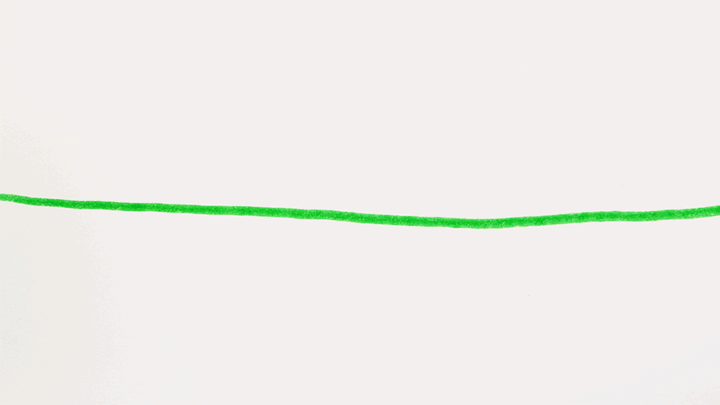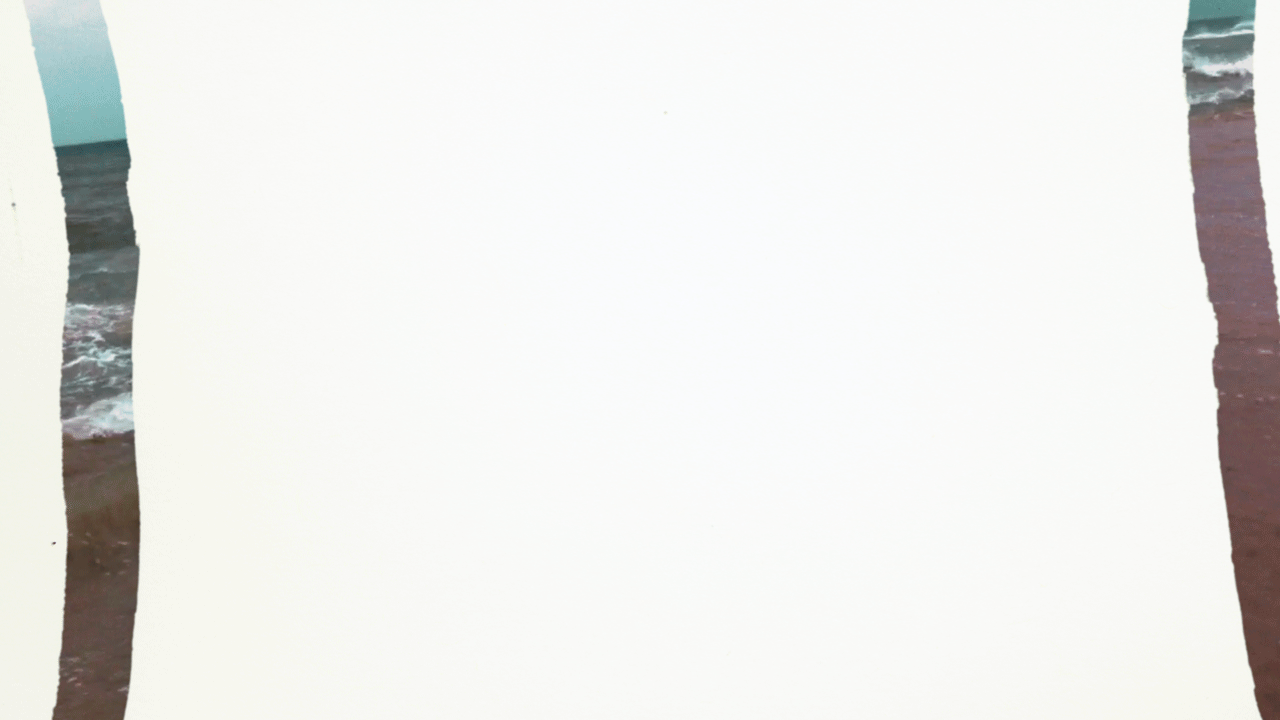EXPERIMENTS IN LINE AND SEA
Experiments In Line and Sea is a short, hand-drawn animated film that explores the feeling of moving water through lines and simple marks. It involves a series of short scenes that use a variety of drawing processes to convey the feeling of movement. Sound throughout the film is comprised of musical scoring, edited composition and abstract soundscapes. The music is composed by Nathan Richards and is in the key of C. The instruments used varied between clanging metals, vibrating strings and radio static. The static consisted of white noise and pink noise. Alternating between the two frequencies created the sonic effect of moving water.Comprised of nine different scenes, Experiments in Line and Sea can be described as follows:
- a continuous line
- a line that grows larger and larger
- curved lines that move outwards towards the edge of the screen
- two lines move towards each other and then back again
- small marks that flicker around the screen
- small splashes often descending into concentric circles
- a mass that moves towards you
- long lines that move across the screen and then scatter into nothing
- a wavy line

Experiments In Line and Sea was the result of multiple experiments using different types of drawing materials in bright green to emulate the effects of chroma-key. This specific tool in digital cinema enables the replacement of all the areas of green, with the corresponding parts of another. In the digital world, objects covered with this specific green can be made to be anything. They become stand-ins for any other kind of surface, but their physical presence remains a cue for alternative possibilities. In Experiments In Line and Sea, chroma key, became representative of the active interval between frames in animation -an invisible force that can be manifested in an infinite number of ways.
The final version of the animation was drawn entirely on pieces of paper from a 4x5’ sketchpad. Various techniques and processes were used to animate the film. They all involved an exploration into how the specific decisions made in the invisible space between each frame became mechanics through which the illusion of movement is created and experienced. These processes include but are not limited to, rotoscope, drawing backwards, randomization of frame numbers and placing a number of sketchbook pages in a linear sequential order to create one continuous drawing. This last process removed the active interval altogether. The line was drawn across the cuts of the frame.



